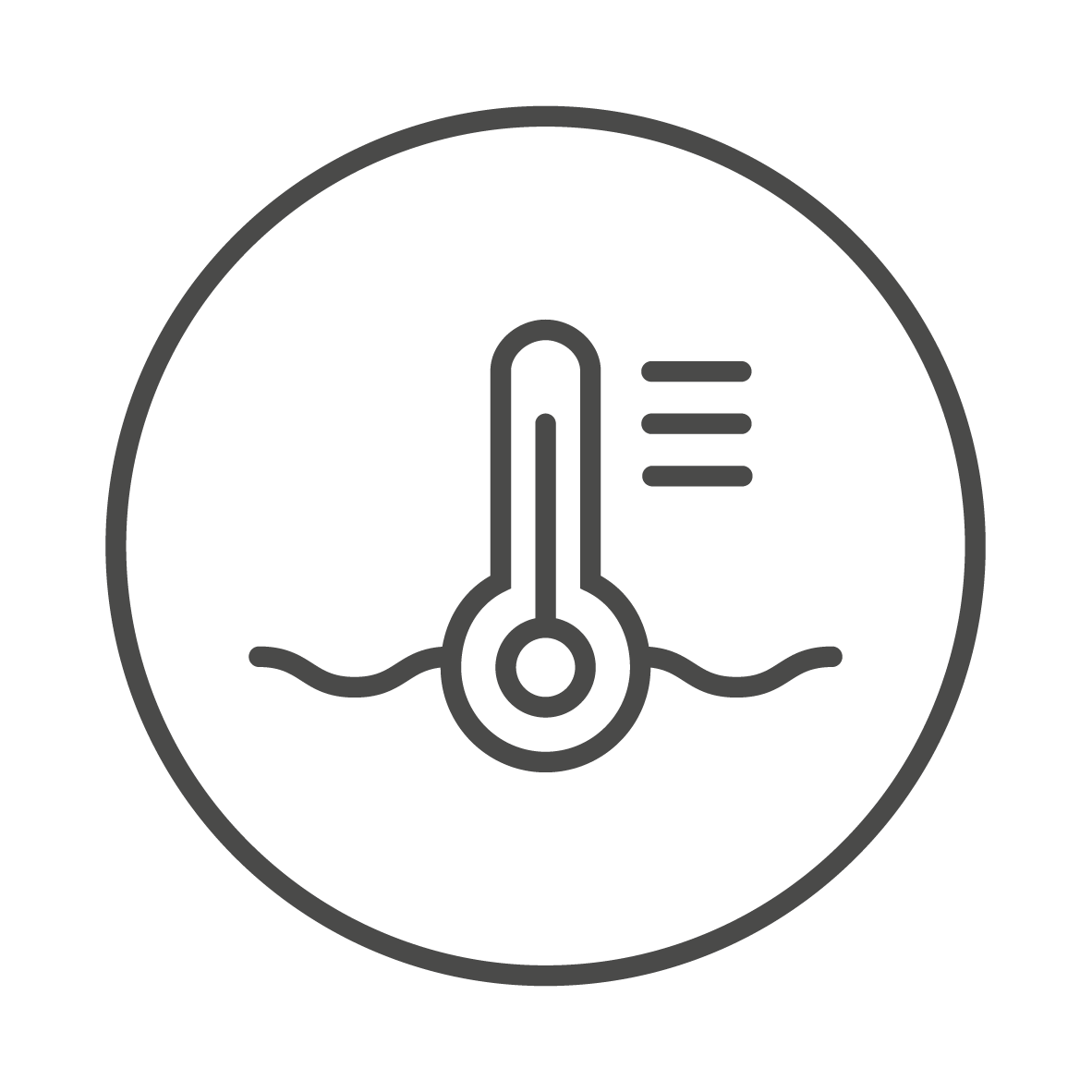A wide range of technologies can harvest the vast amount of energy stored in our oceans, seas and rivers. Depending on geographical location, different types of technologies can be used to harvest energy: energy from tides, energy from waves, energy from differences in salinity (blue energy) and energy from differences in temperature (Ocean Thermal Energy Conversion). Together with offshore floating wind and offshore floating solar energy technologies, the marine energy sector is unique in its ability to realise tailored and multi-purpose solutions. Read more about these technologies below.
Technologies
Marine Energy Technologies
Tidal Energy
Tidal energy technologies convert tidal streams into electricity. Four times a day vast amounts of water are set in motion by the rise and fall of the tides. Especially suited for this kind of technology are compounded areas, such as bays or estuaries. Tidal stream technologies capture the velocity of the current and convert it into electrical energy. These devices can be placed on floating platforms, on the seabed or can be integrated in existing coastal protection structures like storm surge barriers. Tidal range technologies are based on large dams and are utilising the height difference between the tides and the resulting head. They are therefore exclusively installed close to the coast. Only depending on the relative position of earth and moon this type of energy is extremely predictable over long periods of time.
Wave Energy
Waves are found on all large open waters and are representing one of the largest resources of marine energy. Wave Energy Converters (WECs) are capturing either the height difference created by waves or the rotation of water particles within the wave. They can be placed on the open sea, close to shore or can even be integrated in coastal structures. Based on these varieties, WECs are showing by far the largest range of different concepts. Waves are a result of wind but can travel very long distances without much loss of energy. This makes wave energy a very predictable source of energy.
Salinity Gradient Energy
Salinity gradient power, also called “blue energy”, derives energy from the differences in salt concentration of fresh and sea water through special membranes. Salinity converters can be deployed at locations where salt and freshwater come together, such as river deltas. It can be implemented as a standalone power plant, or as a hybrid energy generation process focusing on energy recovery, for example from a desalination or water treatment plant. Blue energy provides sustainable, continuous and on demand power, 24 hours a day, all year round.
OTEC Energy
Ocean Thermal Energy Conversion (OTEC) exploits the temperature difference between cold ocean water at a depth of 800 – 1000 metres (about 5 ⁰C) and warm surface water (about 25 ⁰C) to produce electricity or thermal energy for air conditioning. The technology is based on highly efficient pumps as well as heat exchangers and requires a temperature difference of 20 ⁰C to achieve significant energy yields. This makes it especially well-suited for equatorial and tropical seas and oceans. OTEC technologies are generating energy in a closed loop, 24 hours a day, all year round.
Offshore Floating Solar Energy
Offshore floating solar energy tackles the scarcity of available land area by transferring solar power plants offshore. Based on highly mature and cost optimised solar technology, this technology can be deployed nearly all around the world. The main criteria for the feasibility of these plants is, next to the available solar resource, the exposure to waves and wind. With no moving components under water, this technology poses very little risks to marine life and can even benefit fish populations by providing shelter and living space. Solar energy is dependent on the position of the sun as well as cloud coverage. The resource availability offshore does not include serious shading effects and is therefore often better than onshore.
Offshore Floating Wind Energy
Offshore floating wind energy will be critical to bring wind turbines even further offshore and enable them for areas with a higher water depth. The increasing maturity and cost optimization of wind technology, will enable floating wind all around the world. The expected wave size at those far offshore sites is often higher and new developments and cross learnings (e.g. with offshore floating platforms) will help the sector to fully mature. With no moving components under water, this technology poses very little risks to marine life and can even benefit fish populations by providing shelter and living space. Wind electricity production is dependent on the wind climate at the location which is often better suitable further offshore.







